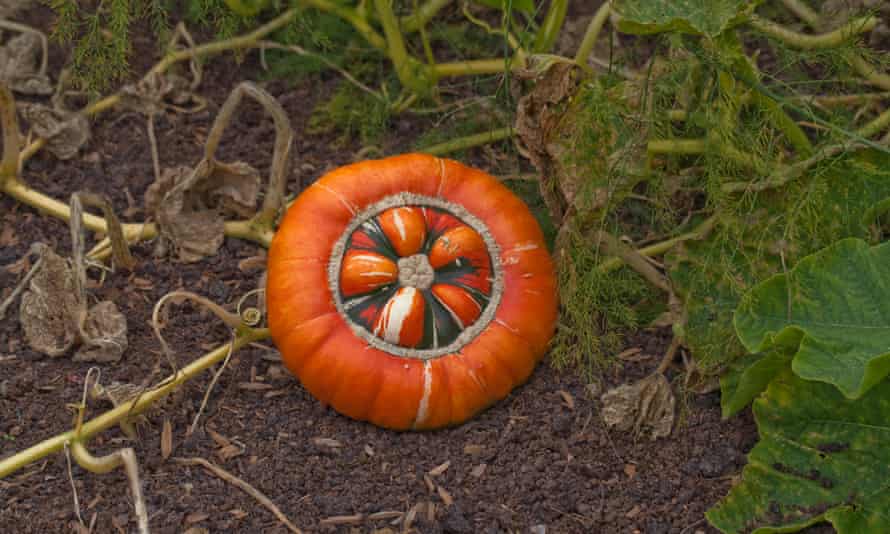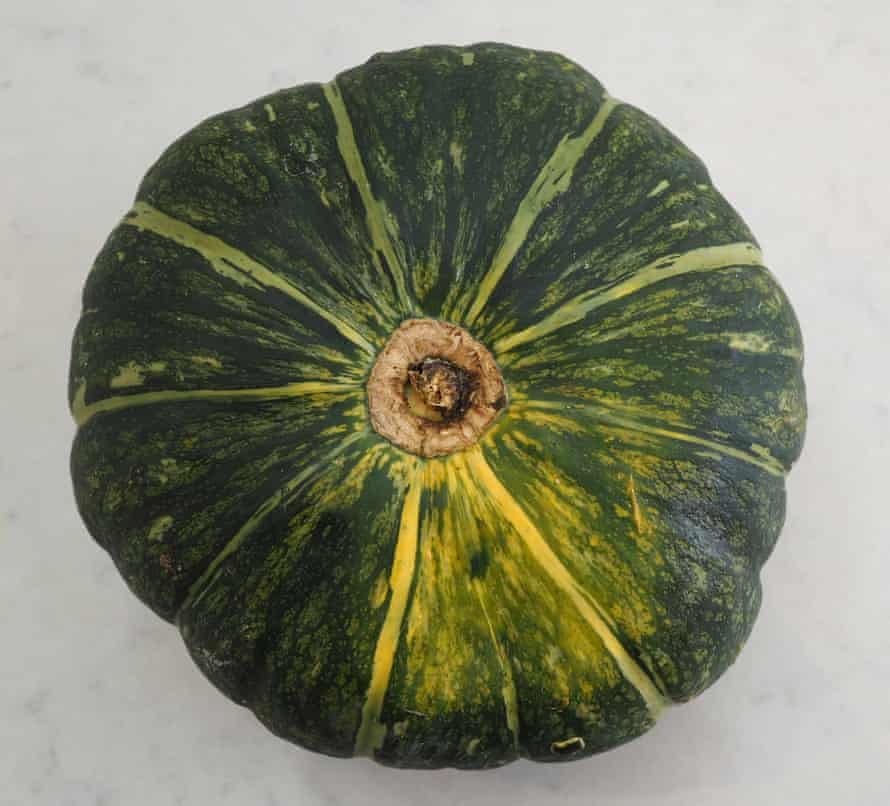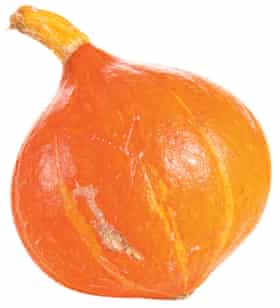Smashing pumpkins: how to cure and store squash for winter
A properly home-cured squash will taste delicious and last for months. But they need careful handling …

I creep through my pumpkin patch, peering under leaves to see the swelling, ripening fruit, counting my bounty for the months ahead. But now the frosts are approaching these need moving indoors to cure and store (you can also cure winter squash from a farmers’ market). This way, you can pick or buy them while ripe, and eat them through the winter.
A properly cured squash will knock the block off anything you’ve tasted from the supermarket. All curing requires is storing the fruit in the right place. But winter squash are a diverse gang and need different treatments if they’re to last into next year.

First, the basics. A ripe fruit will have a hardened skin that may have surface cracks and will have turned an even colour. It will sound hollow when you thump it, and if you rub the skin, the shine will come off. Only ripe fruit store well. If you can easily dig your thumbnail in, the squash is underripe and won’t last the winter. The skin will continue to harden a little in storage, but not enough for the long term, so eat these soft-skinned ones up first.

How you pick your squash also matters. Leave the stalk on for as long as possible, since damaging this part will allow rot to set in. Cut the fruit from the plant with a little stem either side of the stalk. If the stalk falls off naturally in storage it isn’t a problem, but between harvest and storage you really want it to remain intact.
Bruising will also result in rot. Once the skins are cured, squash are pretty tough, but until that moment, treat them like kittens. Varieties of Cucurbita pepo – such as spaghetti squash, summer crooknecks, acorn, scallop, delicata types and Halloween pumpkins – mature earlier than other types. These are in their prime at the point of harvesting, so prioritise eating those first.
Quick GuideSaturday magazine Show

This article comes from Saturday, the new print magazine from the Guardian which combines the best features, culture, lifestyle and travel writing in one beautiful package. Available now in the UK and ROI.
Winter squash of either the Cucurbita maxima (hubbards, bananas, buttercups, kuris) or Cucurbita moschata (butternuts, turbans, kabochas) species mature later and need to cure for a month for good eating and storage. Cured, they can be stored for between four and six months.
For a squash to be cured properly, it must spend 10-14 days at 26-29C, ideally somewhere sunny. The longer they cure, the sweeter they’ll get as the starch is turned into sugars in the relative heat. But finding 26C heat is not that easy. I opt for our sitting room, in as much light as I can get. I turn the fruit halfway through to make sure it hardens evenly.
After this, the fruit needs to be stored in a well-ventilated spot that doesn’t drop below 7C and doesn’t rise too much above 15C. Sheds and garages are unlikely to be suitable, because they get too cold at night. I keep my winter squash in the hallway on a slate floor, where I can keep an eye out for any spoilage. You’d be surprised how one bad apple really does rot the barrel.
